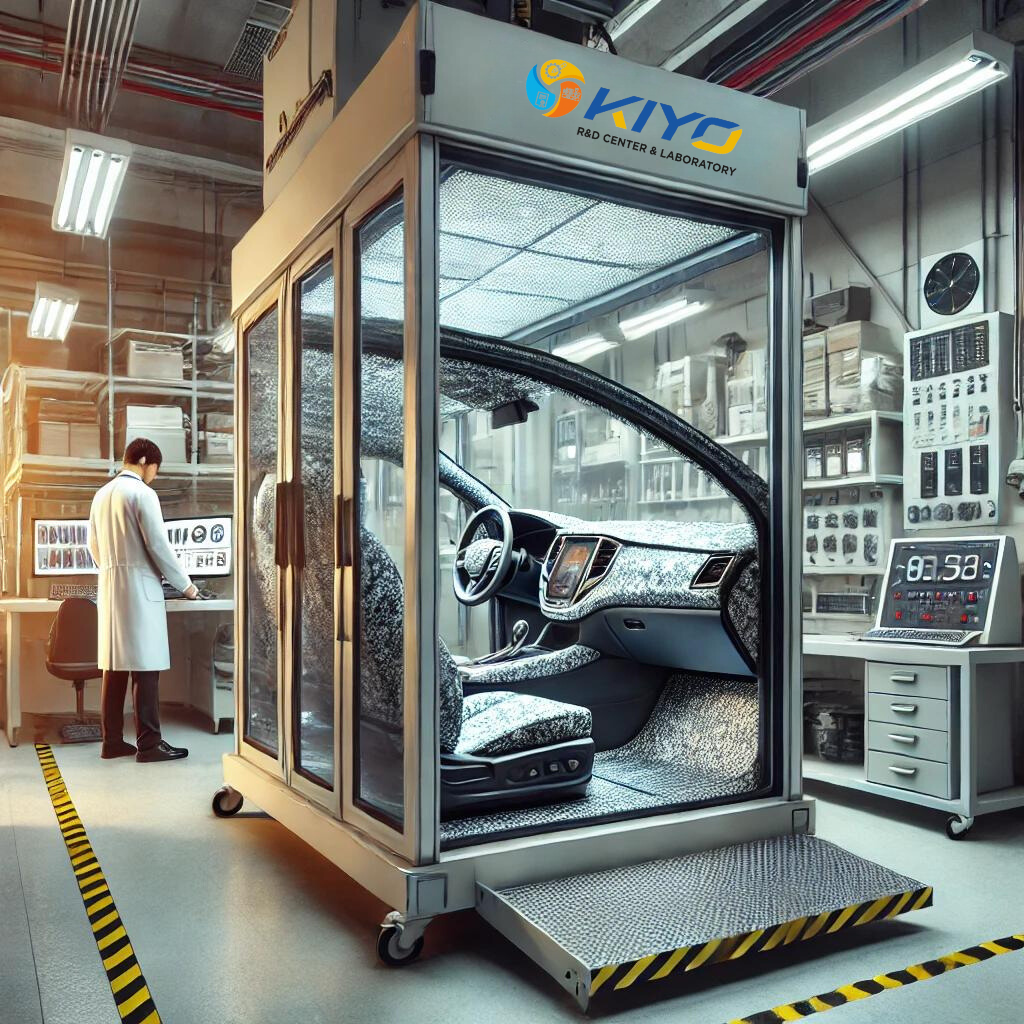In the automotive industry, the durability and aesthetic appeal of interior materials are crucial for customer satisfaction and brand reputation. Fading Resistance testing, as per MS 210-05 standards, plays an essential role in ensuring that the materials used in vehicle interiors can withstand prolonged exposure to sunlight without losing their color and integrity.
Automotive interiors are constantly exposed to sunlight, especially in regions with high UV radiation. Over time, UV exposure can cause materials such as upholstery, dashboard components, and trim to fade, leading to a worn and unattractive appearance. Fading Resistance testing ensures these materials maintain their color and durability, providing long-term value and comfort to vehicle owners.
The MS 210-05 standard provides a comprehensive framework for testing the fading resistance of automotive materials. This standard ensures that tests are conducted under consistent and controlled conditions, producing reliable data that manufacturers can use to improve product quality.
Sample Preparation: Interior materials, including fabrics, plastics, and leathers, are cut into specific sizes and cleaned to remove any contaminants that could affect the test results.
Controlled Light Exposure: Samples are placed in a controlled light exposure test chamber that simulates prolonged exposure to sunlight. The chamber uses UV lamps to replicate the intensity and spectrum of natural sunlight.
Monitoring and Data Collection: Technicians monitor the samples throughout the testing period, which can last several days. Advanced instruments measure changes in color and material integrity, and data is collected continuously.
Analysis: After the exposure period, the samples are analyzed to determine the degree of fading. This involves comparing the color and quality of the exposed samples to unexposed control samples.
Reporting: A detailed report is generated, documenting the test conditions, degree of fading, and any other relevant observations. This report helps manufacturers understand the performance of their materials and make necessary adjustments.
Fading Resistance testing as per MS 210-05 standards is vital for the automotive industry. It ensures that interior materials can withstand prolonged UV exposure without significant fading, maintaining the aesthetic and functional qualities of vehicles. At Kiyo R&D Center & Laboratory, we are dedicated to providing accurate and reliable testing services to help automotive manufacturers achieve these goals.

For quotation or visit